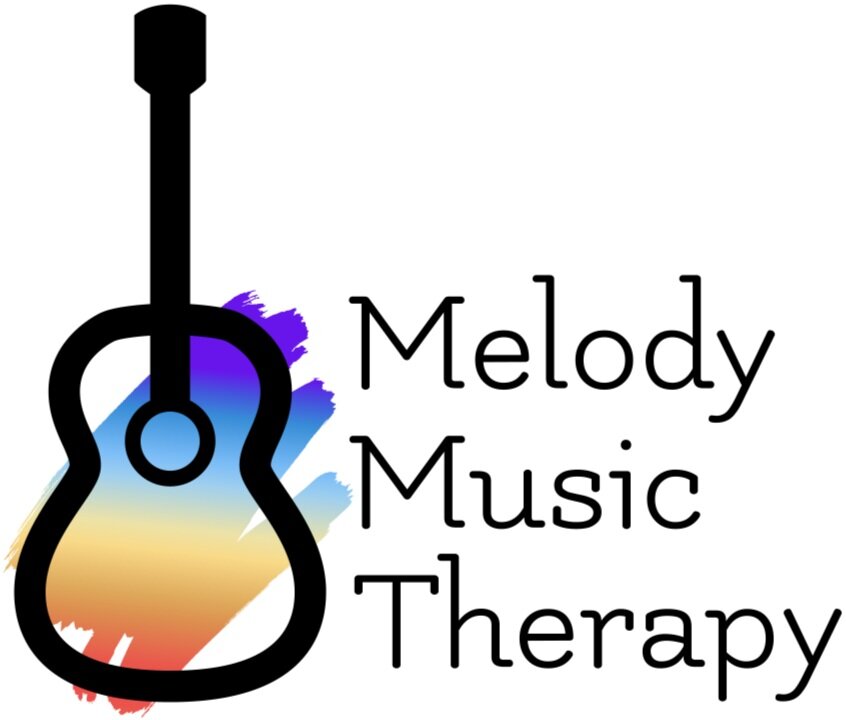December Music Lesson Resource
Build-a-Beat
More puzzles, everyone! This month, our puzzle helps students to connect more deeply with rhythm notation/identification. Here, they will be building the symbols themselves. This is a great resource for anyone who is a hands-on learner- especially those who process best when things can be broken down into smaller concepts, and built back up.
Table of Contents:
What’s Included
Set Up
How it Works
Adaptations
Expansions
What theory concepts does this support?
Link to PDF
What’s Included:
9 rhythm prompt cards
11 sets of rhythm notation pieces (extra lines included to be used for the eighth notes’ bars)
Set Up:
Print out pdf, cut out, cards, and rhythm notation pieces (cut these out as closely as you can so that when they are placed together, they do not overlap). Laminate your cards and pieces. Note: print/cut as many cards and notation pieces as you’d like.
Feel free to use an expo marker to draw the desired note on the back of each card (See Adaptations).
Stack your cards in a pile, sort your pieces in another pile, and get building.
How it Works:
This game includes rhythm symbols that have been “taken apart.” The goal is to piece them together to build the prompted note.
Place the deck of cards in the center, and have your student pick from the top. Each card will have a rhythm symbol name (i.e. quarter note, half rest, etc.). The student will then choose from the rhythm notation pieces to correctly build the symbol.
Adaptations:
If your student is also a visual learner, use an expo marker to draw the note on the back of the card. They can work from this picture to choose which pieces to build with.
If your student is unsure of which pieces to use, write in the number of pieces they should use. For example, the quarter note has been “divided” into its head and stem. In this case, you would write, “Use 2 pieces.” However, in the case of the dotted half note, your student would need to find the head, stem, and dot. For this scenario, you would write, “Use 3 pieces.”
Expansions:
Use a timer! See how many your student can build in a designated amount of time!
Build a rhythm! Have your student draw multiple cards, build each note, then play the rhythm they created!
What theory concepts does this support?
Rhythm Note identification
Link to pdf:
Mikaila Vieyra, LPMT, MT-BC
